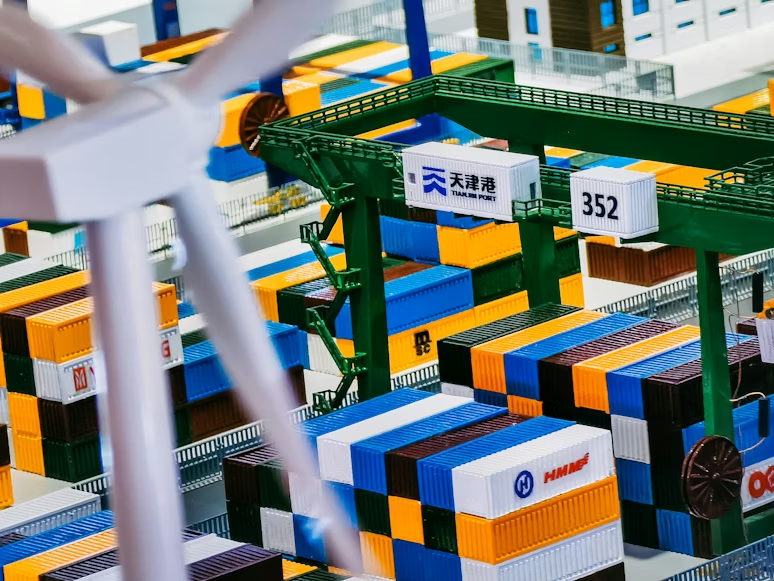March represents a pivotal time for the global logistics industry, emerging from the lull following the year-end holiday rush and the slowdown from Lunar New Year celebrations in Asia. This period marks a decrease in factory outputs across the continent, setting the stage for strategic discussions among key players in the shipping sector. Ship operators, importers, and freight forwarders come together to forge long-term contracts, navigating a complex landscape where billions in revenue, inventory, and infrastructure investments are at stake. These negotiations require a delicate balance, with each party weighing their own needs against the potential offerings and strategies of their counterparts.
The scenario in 2024 looks to be particularly daunting, perhaps more so than during the unprecedented times of the Covid-19 pandemic, which saw a surge in demand juxtaposed with significant logistical hurdles brought on by global shutdowns. The industry is braced for a wide array of factors that could sway shipping supply and demand. These factors can be categorized into two main groups: those that are predictable, such as seasonal weather patterns, fluctuating oil prices, and economic cycles; and those that are largely unforeseeable, including wars, pandemics, and sudden financial crises.
The shipping sector’s resilience was put to the test in 2020 and 2021, during the height of the pandemic. These years exemplified the impact of such unforeseen challenges, highlighting the importance of adaptability in the face of global disruptions. Despite these obstacles, the industry has sought clarity through trade data and forward-looking export orders, striving to navigate a path through the uncertainties.
Looking ahead, the industry must also consider the broader implications of these negotiations and external factors on global trade dynamics. The outcomes of these discussions have the potential to influence shipping routes, capacity allocations, and ultimately, the cost of goods for consumers worldwide. Moreover, the industry’s ability to adapt to these challenges speaks to its critical role in maintaining the flow of international trade, underscoring the importance of resilience and strategic foresight in logistics and transportation.
In addition to immediate logistical concerns, the sector is increasingly mindful of long-term global trade trends, such as the shift towards more sustainable and ethically responsible shipping practices. As environmental and social governance (ESG) criteria become more prominent in corporate strategies, shipping companies are exploring greener alternatives and more transparent supply chains. This shift reflects a broader understanding that the industry’s future success is not only measured by its ability to navigate seasonal and cyclical challenges but also by its commitment to sustainability and ethical considerations.
As the global shipping industry faces these multifaceted challenges in March 2024 and beyond, its stakeholders are reminded of the sector’s vital role in the world economy. The intricate dance of negotiations, alongside the navigation of predictable and unpredictable global factors, highlights the complexity and resilience of the global shipping industry.
Stay updated with supply chain logistics news on The Supply Chain Report. Free international trade tools are available at ADAMftd.com.
#SupplyChainNews #TradeNegotiationsNews #GlobalShipping #ShippingIndustryNews #TransportationNews
















